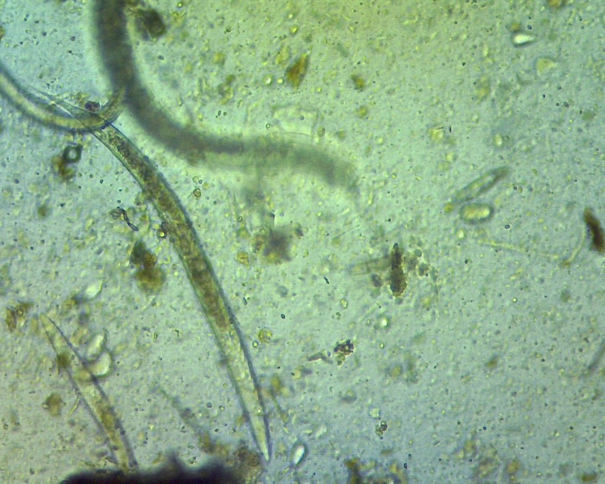

Cowslip
Primula veris
Cowslip can grow up to 25 cm in height, with egg-shaped leaves growing out from its base. Flowers are yellow and umbrella-like in shape, often arranged in clusters at the end of the stem.
Cowslip is native throughout most of temperate Europe and Asia, but can also be found growing city parks and urban gardens. This species has played an important role in the pharmacology and mythology of the Celtic Druids.
The leaves were once commonly consumed as food. Cowslip’s leaves and roots have also been used in folk-medicine. Uses include anti-rheumatic treatments, as a sedative and for the treatment of gout.
Cowslip is also known as Herba paralysis, Verbascum, Primrose or Mullein.
Traditional Uses
- Cowslip has traditionally been used to treat coughs1
- Dry parts of the plant can be used in a tea infusion for insomnia2
- Traditionally Cowslip was also used to treat rheumatic complaints11
Identification
- Root extract from Cowslip decreases mucous viscosity and cough symptoms3, 4, 5(in vivo)
- Experiments have shown Cowslip has properties which enable it to act as an antiviral agent7 (in vitro)
- Experiments show increased production of bronchial secretion after administration of extracts from Cowslip flowers12 (in vivo)
Uses
- Cough and bronchospasmolytic symptoms are treated with extract of Cowslip in syrup8
- Different types of preparations are used as expectorant9
References
- In vitro evidence: evidence from studies using isolated components of living organisms such as cells or purified molecules
- In vivo evidence: evidence from studies with whole living organisms
- Clinical trial evidence: evidence from clinical trials conducted with humans
- Allen, David E., und Gabrielle Hatfield. 2012. Medicinal Plants in Folk Tradition. Timber Press, Incorporated.
- Hatfield, Gabrielle. 2007. Hatfield’s Herbal. London: Penguin/Allen Lane.
- Ismail C, Willer G, Steindl H (2003) Bronchipret in acute bronchitis. Schweizerische Zeitschrift fu¨r Ganzheitsmedizin 15:171–175 (German)
- Abe J, Hosokawa H, Sawada Y, Matsumura K, Kobayashi S (2006) Ca2?-dependent PKC activation mediates mentholinduced desensitization of transient receptor potential M8. Neurosci Lett 397:140–144
- Ciuam RR (2012) Phytotherapeutic and naturopathic adjuvant therapies in otorhinolaryngology. Eur Arch Otorhinolaryngol 269:389–397
- Kim JE et al. Skin whitening cosmetic composition for preventing skin pigmentation by comprising coenzyme q10, beta-carotene, tocopherol, extract of Malva sylvestris and extract of Primula veris. Patent Number(s): KR2007079390-A, 2007.
- GlatthaarB., Saalmüller S., Haunschild J., Amon A. 2009 Antiviral activity of a composition of Gentiana lutea L., Primula veris L., Sambucus nigra L., Rumex spec. and Verbena officinalis L. (Sinupret®) against viruses causing respiratory infections. European Journal of Integrative Medicine 1: 258.
- Bone K, Mills S. 2013 Principles and practice of phytotherapy 2th ed. Churchill Livingstone Elsevier 1051.
- Blumenthal M, ed. 1998 The Complete German Commission E Monographs. Boston, MA: American Botanical Council.
- Wichtl, M. 2004 Herbal drugs and phytopharmaceuticals: A handbook for practice on a scientific basis. 3rd ed. Boca Raton FL: CRC Press.
- Madaus R. 1938 Lehrbuch der biologischen Heilmittel. Thieme, Leipzig, 2217-2214
- Chibanguza G, Maerz R, Sterner W. Zur Wirksamkeit und Toxizität eines pflanzlichen Sekretolytikums und seiner Einzeldrogen. Drug Res1984,34:32-36